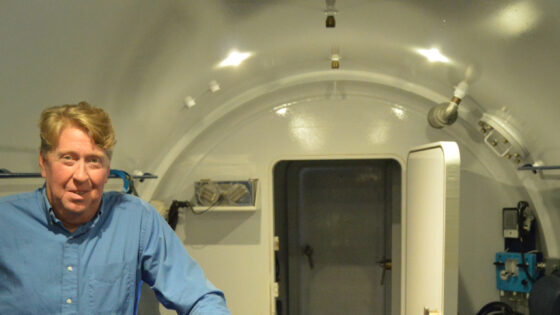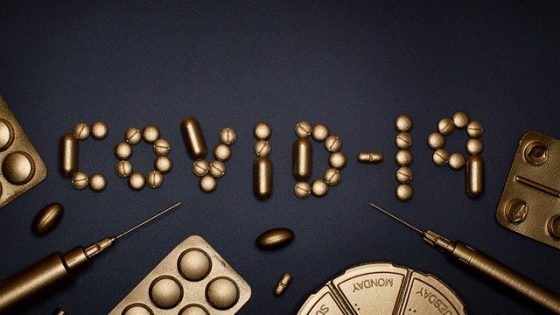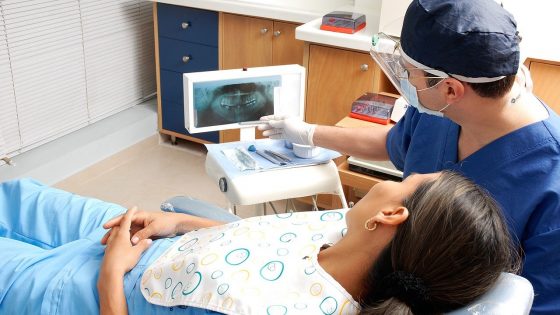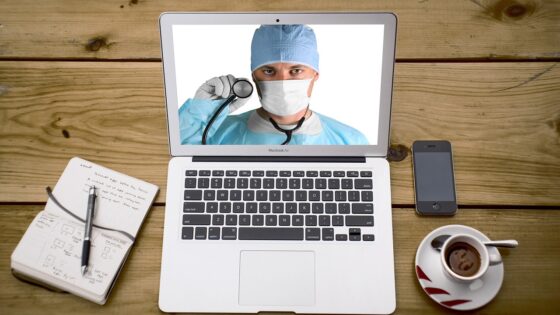comprehensive pediatric cancer center
A cancer research center that gets support from the National Cancer Institute (NCI). Scientists and doctors at these centers do basic laboratory research and clinical trials on childhood cancers, and they study the patterns, causes, and control of cancer in groups of children. Also, they treat patients from many parts of the country and give cancer information to health care professionals and the public. More information about the NCI Cancer Centers Program can be found on the NCI's Web site at https://cancercenters.cancer.gov/.
compression
A pressing or squeezing together. In medicine, it can describe a structure, such as a tumor, that presses on another part of the body, such as a nerve. It can also describe the flattening of soft tissue, such as the breast, that occurs during a mammogram (x-ray of the breast).
compression bandage
A bandage designed to provide pressure to a particular area.
compression fracture
A type of break in a bone caused by pressure and in which the bone collapses. Compression fractures usually occur in the spine (backbone) and in bones made weak by cancer or by osteoporosis (a decrease in bone mass and density).
compression garment
A tight-fitting, elastic garment, such as a sleeve or stocking. Compression garments are used in the treatment of lymphedema (swelling caused by a buildup of lymph fluid in tissue). They are also used to improve blood flow.
compression pump
A machine used to keep blood and lymph flowing by pushing air through bands or sleeves that are placed on the arms or legs.
compulsion
An uncontrollable urge to say or do something without an obvious reason. A person may repeat a behavior, such as hand-washing, over and over.
computational biology
A field of science that uses computers, databases, math, and statistics to collect, store, organize, and analyze large amounts of biological, medical, and health information. Information may come from many sources, including genetic and molecular research studies, patient statistics, tissue specimens, clinical trials, and scientific journals. Also called bioinformatics.
computed tomographic colonography
A method to examine the inside of the colon by taking a series of x-rays. A computer is used to make 2-dimensional (2-D) and 3-D pictures of the colon from these x-rays. The pictures can be saved, changed to give better viewing angles, and reviewed after the procedure, even years later. Also called computed tomography colonography, CT colonography, CTC, and virtual colonoscopy.
computed tomography angiography
A procedure that uses x-rays to create a series of detailed pictures of the blood vessels and blood flow inside the body. The pictures are taken from different angles and are created by a computer linked to an x-ray machine. A dye is injected into a vein to make the blood vessels and blood flow easier to see on the x-ray. Computed tomography angiography may be used to check for aneurysms (a bulge in the blood vessel wall), blockages in the arteries, blood clots, and other blood vessel problems. Also called CT angiography and CTA.













